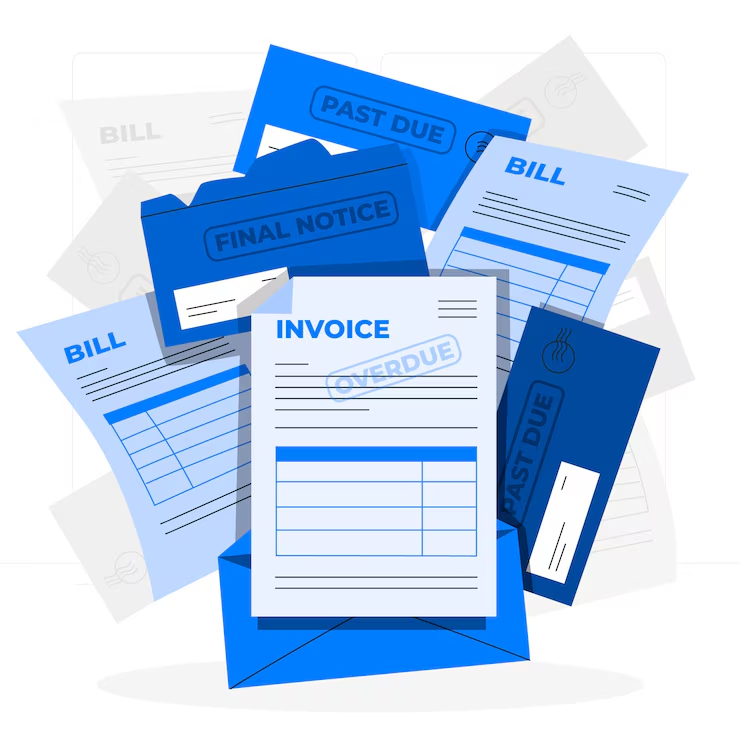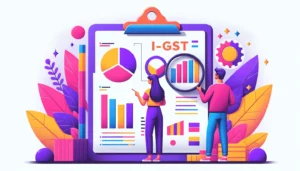GST Cancellation Under Composition Scheme
- 20 Sep 24
- 8 mins

GST Cancellation Under Composition Scheme
Key Takeaways
- GST revocation allows previously non-compliant businesses to regain their GST registration and resume taxable activities.
- Opting out of the GST Composition Scheme enables businesses to claim Input Tax Credit and engage in interstate and e-commerce sales.
- Transitioning from the Composition Scheme to the regular GST regime involves a straightforward application process via the GST portal.
- Tax authorities play a crucial role in approving GST revocation and withdrawals from the Composition Scheme.
- Withdrawal from the Composition Scheme shifts a business to the regular GST system, changing compliance obligations and benefits.
What is GST Revocation?
When you revoke a GST registration or status, you can get it back after it was previously canceled or taken away. This usually happens when a business's GST registration is revoked, either because it didn't follow the rules (like not filing reports) or because the business asked for it to be revoked, and then the business wants or needs to rejoin the GST fold. So, revocation is the official process that lets businesses get their GST registration back. This makes them compliant with GST rules again and lets them officially do taxable activities.
What is the GST Composition Scheme?
The GST Composition Scheme is a way for small taxpayers to get tax breaks and make their tax responsibilities easier under the Goods and Services Tax (GST) framework. Businesses that are qualified, like small shops, manufacturers, and some service providers, can pay GST at a fixed rate of their total turnover. This rate is much lower than the normal GST rates. The best thing about this plan is that it is easy to follow and doesn't require as many tax returns (annual returns instead of monthly), which makes it easier to figure out your taxes. When businesses choose this option, they can't get the Input Tax Credit (ITC), they can't ship goods between states, and they can't sell goods on e-commerce sites.
Opting Out of Composition Scheme
There are several reasons a business might choose to not participate in the GST Composition Scheme. These include making more than the required sales, claiming the Input Tax Credit (ITC), or planning to sell goods between states or on the internet. Businesses can switch to the regular GST system by opting out. This regime has stricter rules for compliance but gives businesses more freedom and benefits than the Composition Scheme, like the ability to claim ITC and make unlimited sales.
GST Portal – Steps to Withdraw from Composition Scheme

Withdrawing from the GST Composition Scheme and transitioning to the regular GST regime involves a straightforward process on the GST portal. Here are the steps to follow:
- Log In: Access the official GST portal and log in using your credentials (GSTIN/Username and password).
- Navigate to the Dashboard: Once logged in, go to the dashboard and look for the option related to the Composition Scheme, often found under the ‘Services’ menu.
- Choose to Opt-Out: Select the application for cancellation or option for withdrawing from the Composition Scheme. This might be labeled something like "Opt-Out of Composition Scheme" or "Application for Cancellation from Composition Scheme."
- Fill Out the Form: You will need to complete the form provided, which includes stating the reason for opting out and specifying the date from which you wish to be considered under the regular GST regime.
- Review and Submit: Review all the information you have entered for accuracy. Once confirmed, submit the application. It’s important to ensure that all details are correct to avoid any processing delays or issues.
- Acknowledgment: After submission, you will receive an acknowledgment of your application. Keep this for your records.
- Status Change: The GST portal will process your application, and upon approval, your status will be changed from a composition taxpayer to a regular taxpayer. This change will allow you to start availing the benefits and comply with the obligations under the regular GST regime, such as monthly return filings and claiming ITC.
- Filing Final Composition Return: It is also essential to file a final return under the Composition Scheme for the period up to the date of opting out, using form GSTR-4, to ensure all your tax liabilities under the scheme are settled.
Remember, opting out of the Composition Scheme is a significant decision that affects your tax liabilities and compliance requirements. It is advisable to consult with a tax professional to understand the implications fully and ensure that your business is prepared for the transition.
Will withdrawal from the GST Composition Scheme affect the Input-Tax Credit?
Input-Tax Credit (ITC) will be impacted in the event that you withdraw from the Goods and Services Tax Composition Scheme. Due to the fact that they pay tax at a nominal rate on their revenue and are exempt from comprehensive invoicing requirements, enterprises operating under the Composition Scheme are not permitted to make claims for input tax credit (ITC). If, on the other hand, a company decides to withdraw from the Composition Scheme and instead transitions to the ordinary GST regime, then it will be able to submit a claim for input tax credit.
By allowing businesses to subtract the tax that they have paid on their inputs from the tax that they owe on their sales, this change has the potential to reduce the overall tax liability that they are responsible for. Nevertheless, in order for enterprises to be eligible for ITC, they are need to fulfill certain conditions. These restrictions include the maintenance of precise invoices for their purchases and the compliance with the standard GST filing requirements, which are more stringent than those that are imposed by the Composition Scheme.
A company can begin claiming input tax credit (ITC) only for qualified taxes paid on inputs, input services, and capital goods purchased after the date of converting to the regular GST system. This is a crucial point to keep in mind when the company is migrating to the new GST regime. It is possible that any stock that was held at the time of the transition could also be eligible for ITC, provided that certain conditions stated by the GST statute are satisfied. In order for businesses to make the most of their Inventory Tax Credit claims during this transition time, it is recommended that they keep accurate records of their stock.
💡If you want to pay your GST with Credit Card, then download Pice Business Payment App. Pice is the one stop app for all paying all your business expenses.
 By
By 















